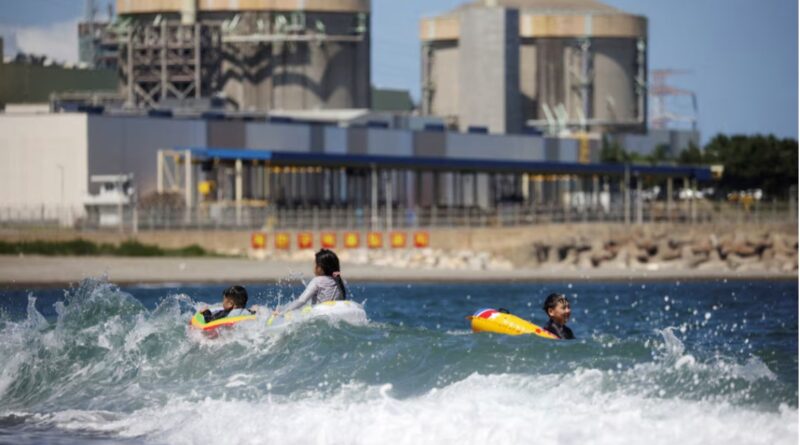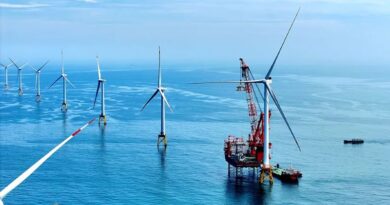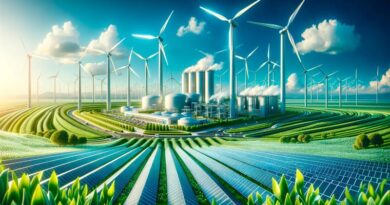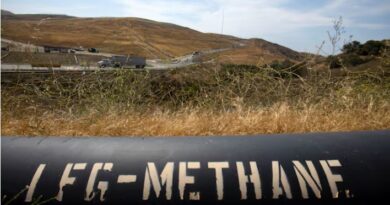South Korea plans 70% carbon-free power generation by 2038, draft shows
South Korea plans to generate 70% of its electric power from carbon-free energy sources such as renewables and nuclear power by 2038, up from less than 40% in 2023, a draft blueprint of its energy mix for the next 15 years showed on Friday.
The government maintained its previous plan to add four nuclear plants by 2038, bringing the total to 30, but expects to more than triple solar and wind power output to 72 gigawatts by 2030 from 23 gigawatts in 2022.
President Yoon Suk Yeol has vowed to strike a balance on energy sources for Asia’s fourth-largest economy, emphasising nuclear power while expanding renewable energy and reducing South Korea’s dependence on imported fossil fuels, the industry ministry said in a statement.
The plan, drafted by experts and awaiting finalisation by the government, targets power generation capacity rising to 157.8 gigawatts in 2038 from 134.5 gigawatts as of late 2022.
Energy consumption is expected to spike as data centres and large chip-production bases expand to meet demand for artificial intelligence, the ministry said.
Twelve coal power plants that will become 30 years old in 2037 and 2038 are to be replaced by carbon-free power sources such as pumped-storage hydroelectricity and hydrogen power generation. But South Korea will maintain its plan to replace other older coal power plants with liquefied natural gas plants.
The government allotted 0.7 gigawatts of power generation to small modular reactors by 2038 to support the development of this kind of nuclear reactor in anticipation of increased global demand.




